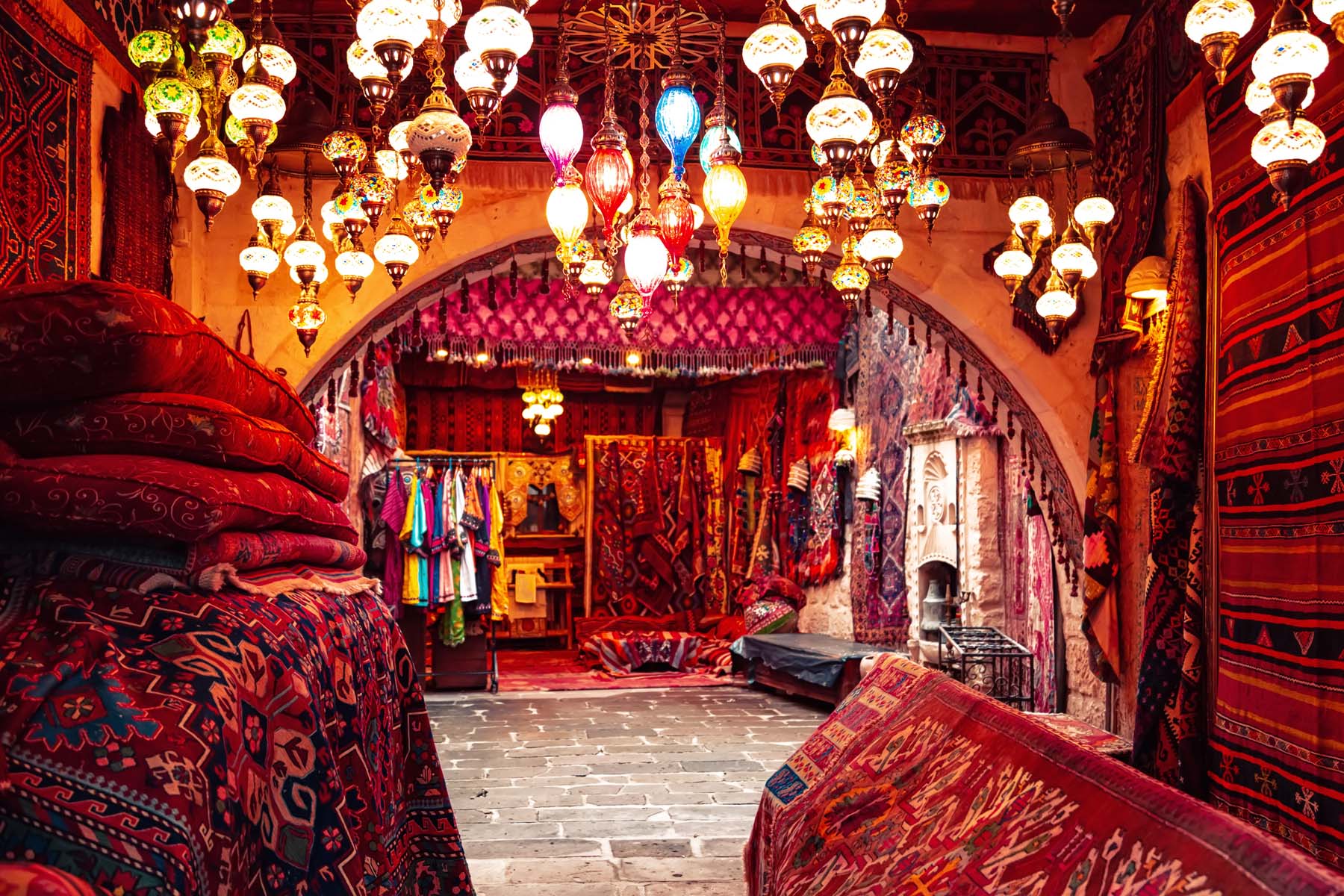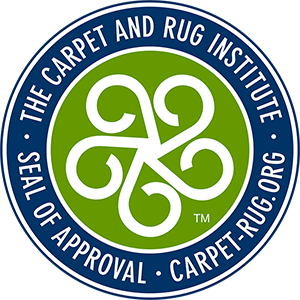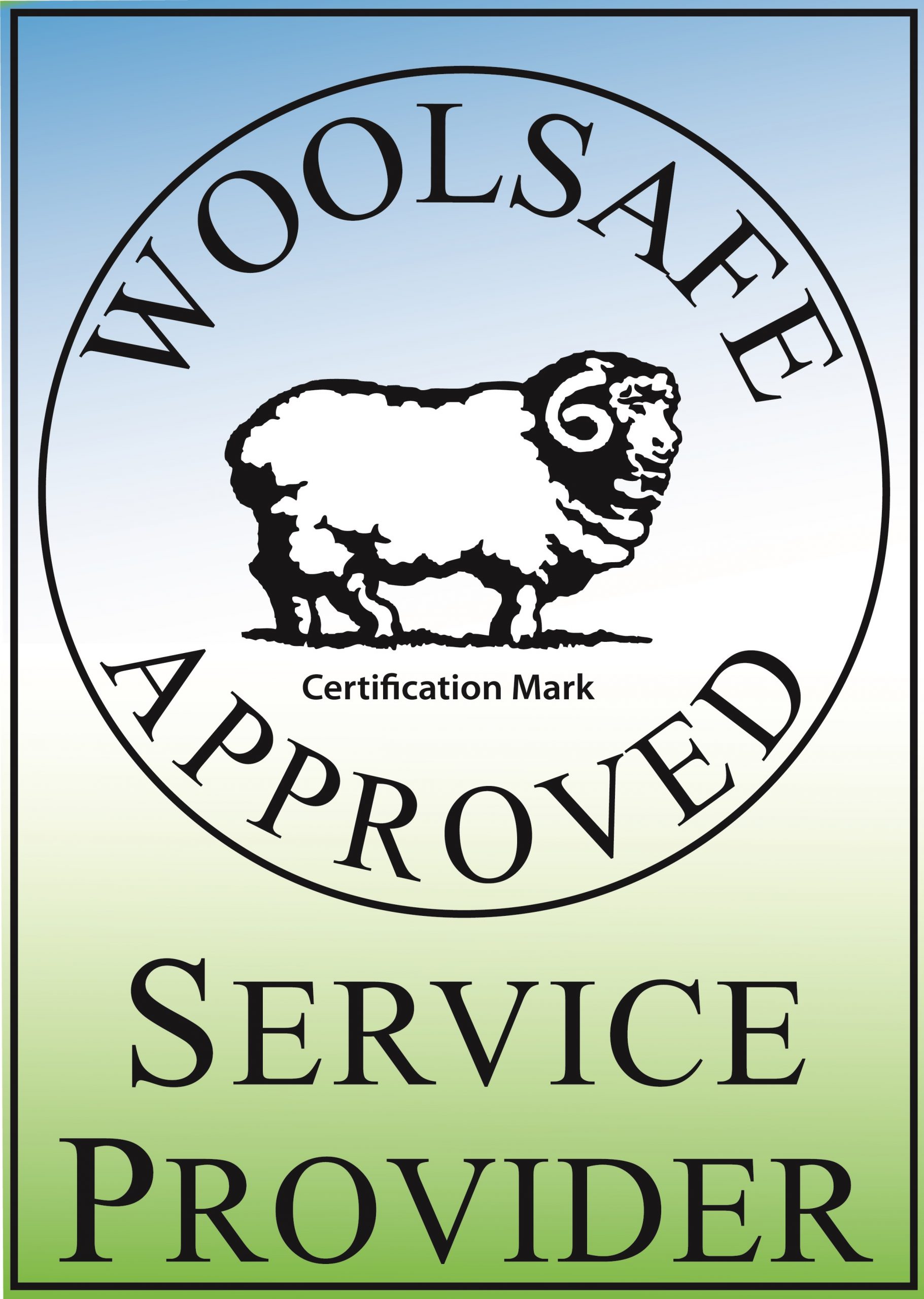
Persian Area Rug Colors and Designs. What Do They Mean?
Dive Into the World of Persian Area Rugs, A Magnificent Blend of Art and History.
These rugs, with their intricate designs and storytelling motifs, are not merely floor coverings but a passage into the ancient Persian culture.
Have you ever admired the intricate designs of a Persian rug and wondered about the stories woven into its threads? Well, wonder no more! We’re about to unravel the mysteries locked within these magnificent tapestries of art and tradition.
Tracing the Roots: History of Persian Rugs
Persian rugs date back over 2,500 years, weaving tales from ancient Persia. The designs and weaving techniques evolved with each dynasty, reflecting the time’s sociopolitical climate and cultural shifts.
Walking on a Persian rug is like strolling through a garden of history. These rugs have seen empires rise and fall, witnessing tales of love, loss, and longing. Each rug carries the whispers of ancient artisans who breathed life into them, narrating the saga of Persia with their looms and threads.
The Loom of Legends
What makes a Persian rug so special? It’s more than just wool and knots—it’s where legends, myths, and cultures intertwine. Every rug is a unique treasure, boasting a design that’s as rich and complex as a Persian epic poem.
Meaning Behind Persian Rug Colors
Red: The Color of Luck and Wealth
Red, a prominent color in Persian rugs, symbolizes luck, wealth, and courage. It’s a passionate color often found in the rugs’ powerful motifs and central fields, depicting beauty and vitality.
Significance and common usage: Red is frequently used to create a captivating contrast, making the designs more vivid and enchanting. It’s a reflection of happiness and celebration, often used to commemorate significant life events.
Variations and shades: Different shades of red, ranging from crimson to maroon, carry nuanced meanings and contribute differently to a rug’s overall appeal.
Blue: Symbolizing Power and Solitude
Blue in Persian rugs is more than a color; it’s a portrayal of power, solitude, and the vastness of the universe.
Cultural significance: Blue represents the night sky and is often associated with spirituality and the infinite.
Common patterns associated with blue: It’s commonly found in the borders, bringing a sense of calm and framing the intense colors and designs within.
Green: Representing Paradise and the Divine
The color green in Persian rugs holds a special place, symbolizing paradise, nature, and divine presence.
Religious connections: Green is revered in Islamic culture, making it a prevalent color in Persian rugs, representing a connection to the divine.
Shades and where it’s commonly used: Various shades of green, from olive to emerald, depict different aspects of nature and the divine, each telling a distinct story.
Note: It should be noted that Green is also considered to be a divine color because it is associated with the Prophet Mohammed. For this reason, it is used sparingly in hand-knotted Persian rugs.
Yellow and Gold: Colors of the Sun, Power, and Magnificence
Yellow and gold are resplendent colors in Persian rugs, standing for the sun, power, and magnificence.
Historical significance: These colors were historically associated with the imperial and majestic, giving the rugs a regal appearance.
Common themes and associations: Often intertwined with other colors to enhance richness and create a dazzling visual experience.
The Artistry of Designs and Symbols in Persian Rugs
– Floral Motifs
Often symbolic of life and beauty, floral motifs are common in Persian rugs. They could represent a garden, showcasing the Persian love for nature.
– Geometric Shapes
A reflection of Islamic influences, geometric shapes in the rugs often bear mathematical precision and symmetry, adding a unique charm and balance to the design.
– Animals and Birds
The depiction of animals and birds usually signifies power, strength, or freedom. Each animal or bird represented carries a unique tale and symbolism.
– Mythical Figures
Mythical figures woven into the design often narrate stories of Persian mythology, representing the deep-rooted beliefs and folklore of the culture.
To unravel the stories and meanings behind the designs of a Persian rug, you can follow these steps:
Understand the Origin
Knowing where a rug is made can provide insights into its design influences and the stories it aims to tell.
Study the Colors
Colors used in Persian rugs are not just for visual appeal. They often carry symbolic meanings and convey specific emotions or themes.
Analyze the Symbols and Motifs
Each symbol or motif in the design holds a specific meaning. Familiarizing oneself with common symbols can help in understanding the narrative.
The Timeless Appeal of Persian Area Rugs
Persian area rugs are not mere decorative items but a rich tapestry of stories, beliefs, and cultural expressions. Understanding their history and the meaning behind the designs allows for a deeper appreciation of these artistic masterpieces.
This information is brought to you by Oriental Rug Salon’s Persian rug expert and Rug Master, Troy Lusk.
Oriental Rug Salon – Expert Care For Oriental and Persian Carpets
Oriental Rug Salon is a full-service rug cleaning, repair, restoration, and appraisal company serving clients throughout the United States. We are a Certified Partner with the prestigious Institute of Inspection, Cleaning and Restoration Certification (IICRC), the International Carpet & Rug Institute (CRI), and a WoolSafe Approved Service Provider.
Oriental Rug Salon’s 6,000-square-foot facility is located in Cape Coral, FL, and we provide FREE pick-up and delivery for most area rugs throughout Lee, Collier, and Charlotte County. We receive area rugs via UPS and FedEx daily from clients throughout the United States for cleaning, repair, or restoration. We also offer online appraisal services and frequently provide appraisals to the court system, insurance companies, rug collectors, Oriental and Persian rug retailers, and rug owners who want more information and history about their cherished area rug.
For more information about Oriental Rug Salon and our services, please visit us at https://orientalrugsalon.com/ or call us anytime at 239-424-8171. You can also visit us on Facebook at https://www.facebook.com/OrientalRugSalon/
In this blog post, we’ve woven the threads of history, art, and culture to help you interpret Persian rug designs, ensuring these woven tales continue to flourish in the gardens of our homes and hearts. Our Rug Master regularly posts information about Oriental and Persian area rugs on our Facebook Page, so please be sure to “LIKE” our page to receive updates on our postings.



